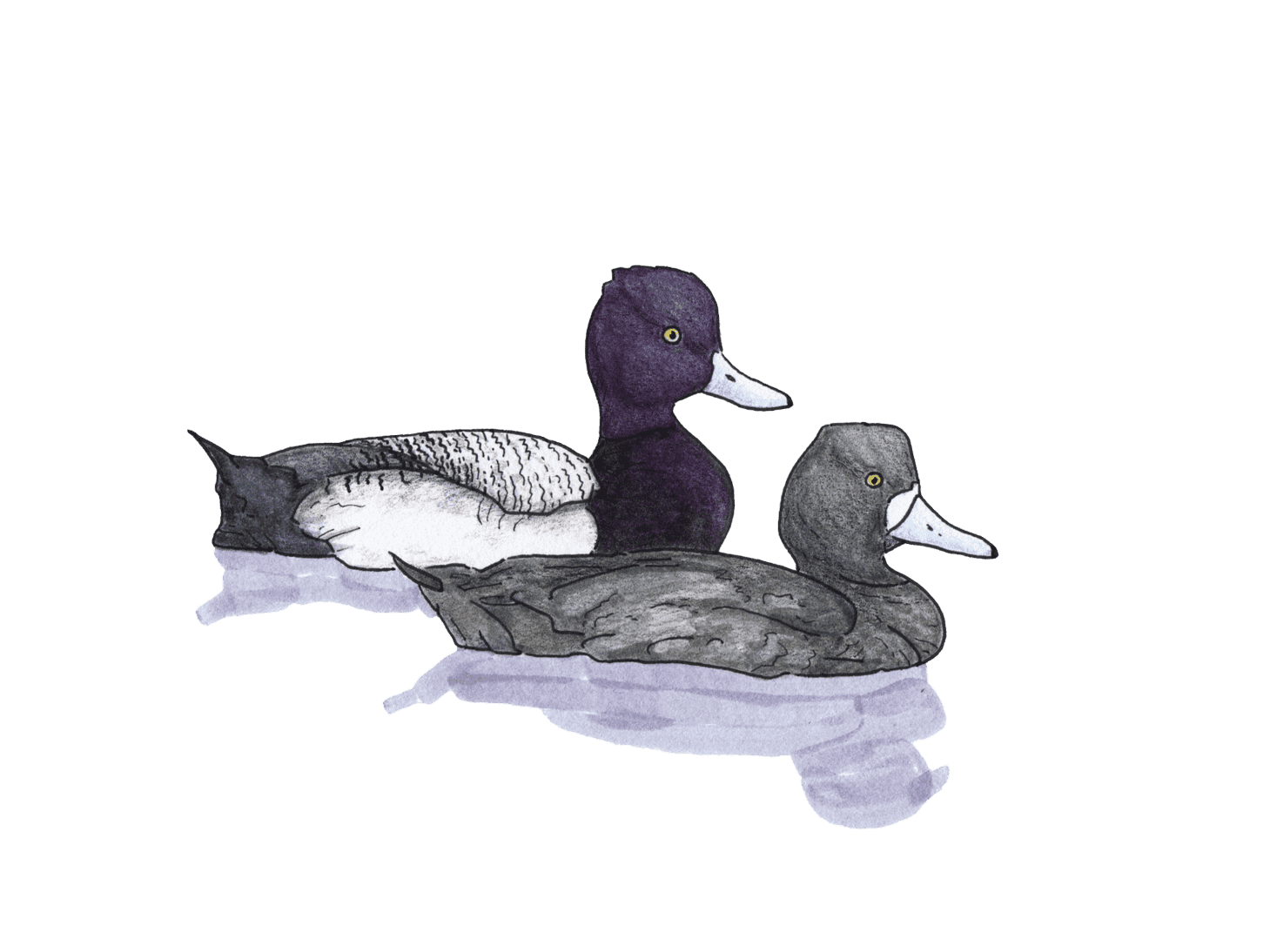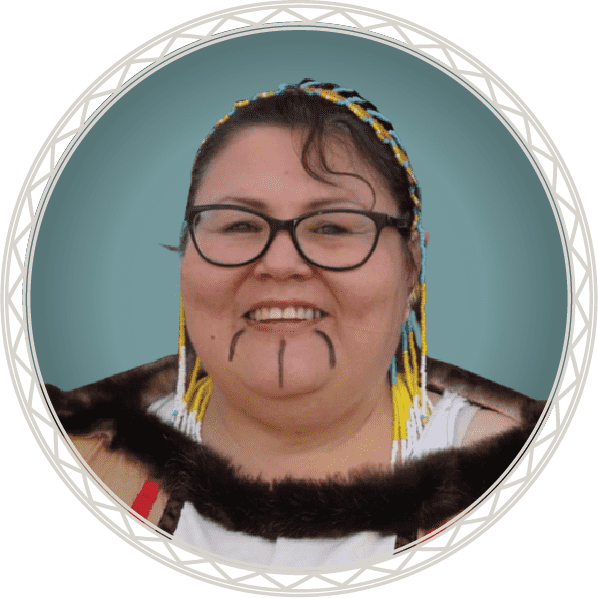MIGRATORY BIRDS
Projects & Studies
Subsistence Alliance
Traditional
Foods Project
Migratory Bird
Project
Nanwalek Salmon
Enhancement Project
Lower Cook Inlet
Moose Composition
Bat Sonar
Study
Past
Alaska Native peoples of the Chugach region used diverse traditional tools and ingenious methods to harvest migratory birds. Migratory birds provided skins for clothing, bones for tools, and food for people and sled dogs. Migratory birds are an important part of Chugach Native oral history.


Seagull Eggs
Present
Alaska Natives use birds and eggs mostly as human food and cultural resources. Although some bird hunts are specialized, bird hunting is often done with other activities, such as moose or marine mammal hunting and berry picking. In spring, migratory birds arriving from the south are the first fresh food available after a long winter of depending on preserved foods. Birds and eggs diversify the subsistence diet, where many meals consist of fish. The cultural, emotional, and dietary value of resources that traditionally alleviated hunger is an enduring part of the practice of subsistence bird hunting.
Future
CRRC seeks to ensure the continuity of Chugach Natives being able to hunt birds for consumption, handicrafts, and egg gathering until the end of time. To do so, CRRC strives to understand and protect the following:
Subsistence-cash mixed economy in rural Alaska
Customary and traditional use of bird populations
Birds in Alaska Native cultures
Bird harvesting and uses as food and materials
Education and outreach
Birds as messengers
Learning to hunt and share
Orni-ethnography
Oral tradition and material culture
Education about migratory bird treaties and western harvest management
Effective participation in the co-management system
Providing meaningful participating in harvest management
Providing meaningful participation in harvest assessments
Conservation through co-management: Working together in cultural diversity
Alaska Migratory Bird
Co-Management Council

Chugach Regional Resources Commission (CRRC) is one of the 10 regional management bodies that gather input from subsistence users across Alaska on topics related to bird harvest and conservation, and they coordinate management functions at the regional and local levels and serve on the Alaska Migratory Bird Co-Management Council.
The Alaska Migratory Bird Co-Management Council (AMBCC), formed in 2000, consists of the U.S. Fish and Wildlife Service, the Alaska Department of Fish and Game, and representatives of Alaska’s Native population. Since its inception, this new regulatory framework has been designed to promote true collaboration among a diversity of stakeholders as cultures intermingle in the history of wildlife management and conservation in Alaska.

The AMBCC brings together Indigenous, federal, and state partners to manage the subsistence harvest of migratory birds in Alaska. The U.S. government, largely via the Department of the Interior and its component agencies, plays a central role in coordinating research, monitoring, and management of migratory birds. The Alaska Department of Fish and Game, through the AMBCC Harvest Survey Committee, conducts a harvest assessment program and collects management information, including Traditional Knowledge, the number of subsistence hunters and estimates of harvest. This is collected cooperatively for the benefit of management bodies. However, decreased funding and increased complications in administering large surveys have left some Chugach communities underserved for years.

CRRC's AMBCC Representative
Priscilla Evans
from Nanwalek, Alaska
Migratory Bird Project
The Migratory Bird Treaty Act (MBTA), passed in 1918, is a landmark piece of U.S. federal legislation that provided a mechanism for the protection of migratory birds via international treaty. More than 1,000 species are protected by MBTA, 99 of which were identified by Chugach Elders as used for subsistence purposes. Alaska is the only state where the spring-summer harvest of migratory birds and their eggs is legally authorized.







